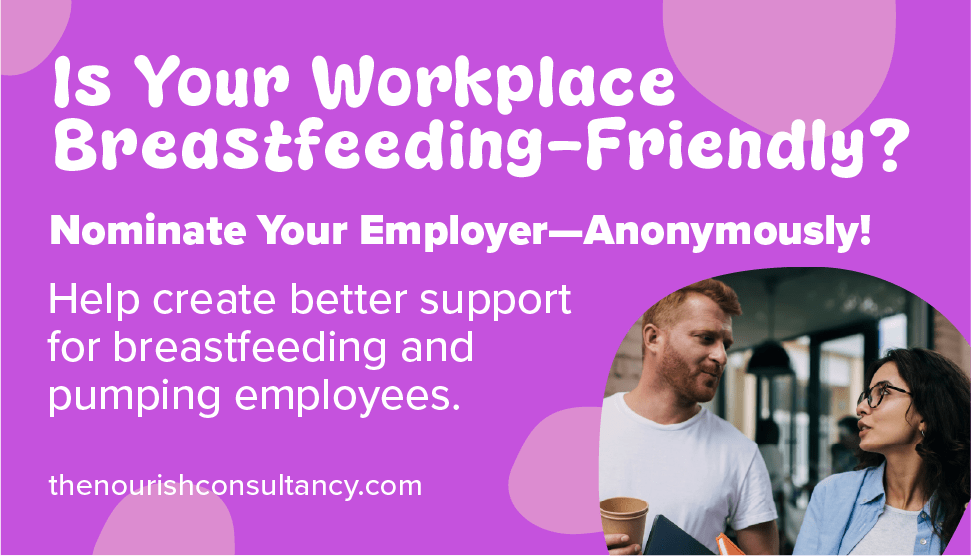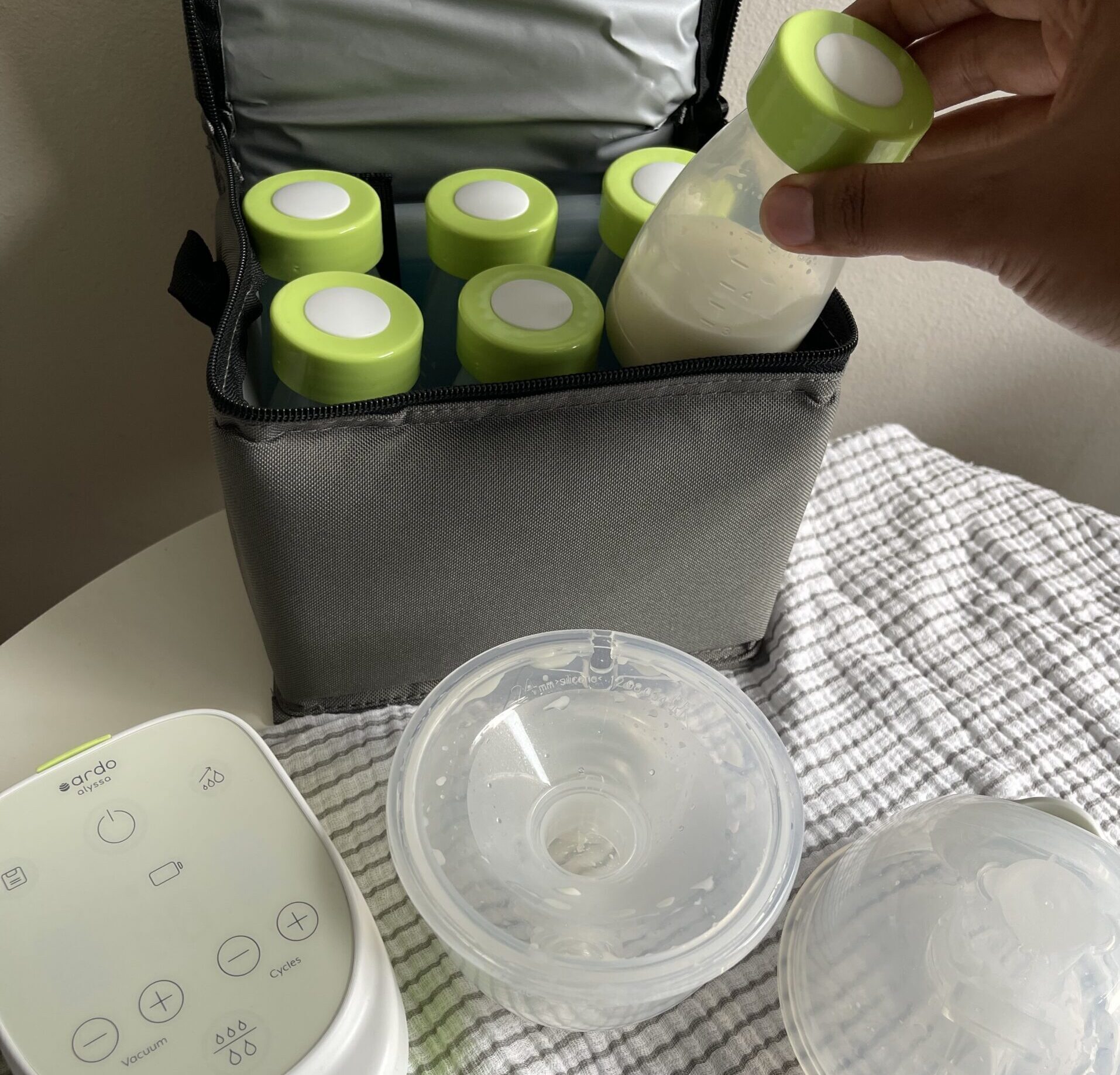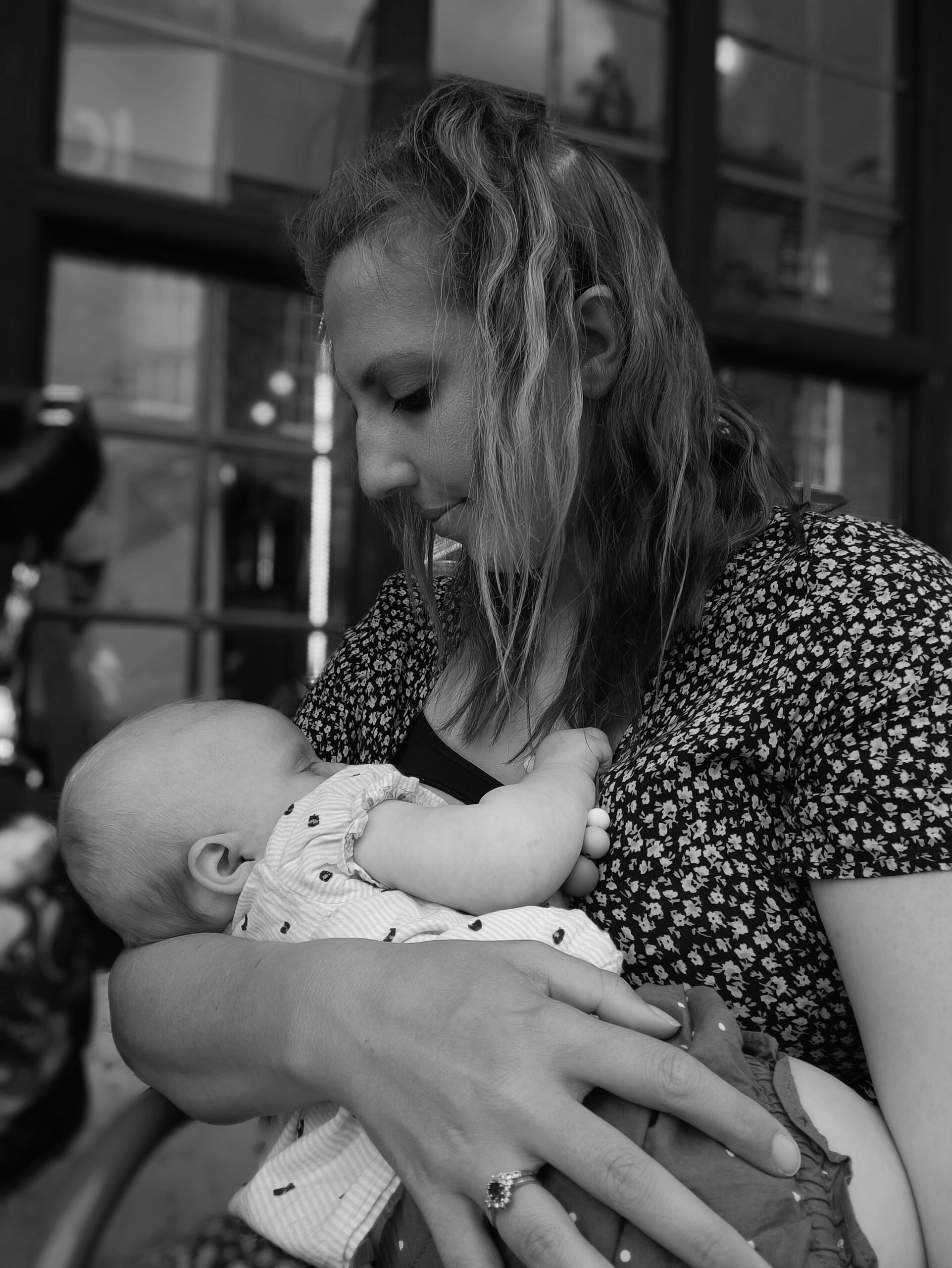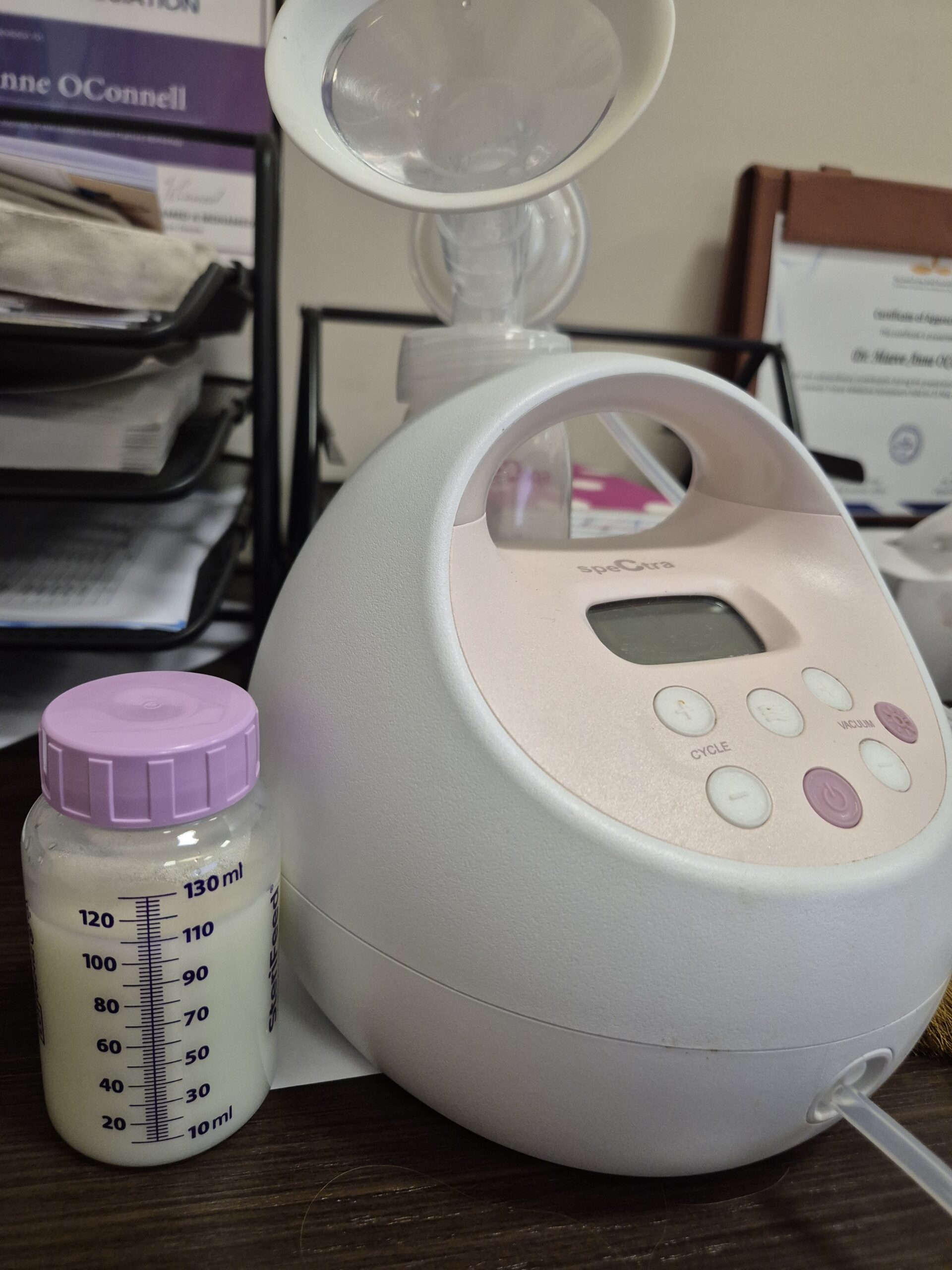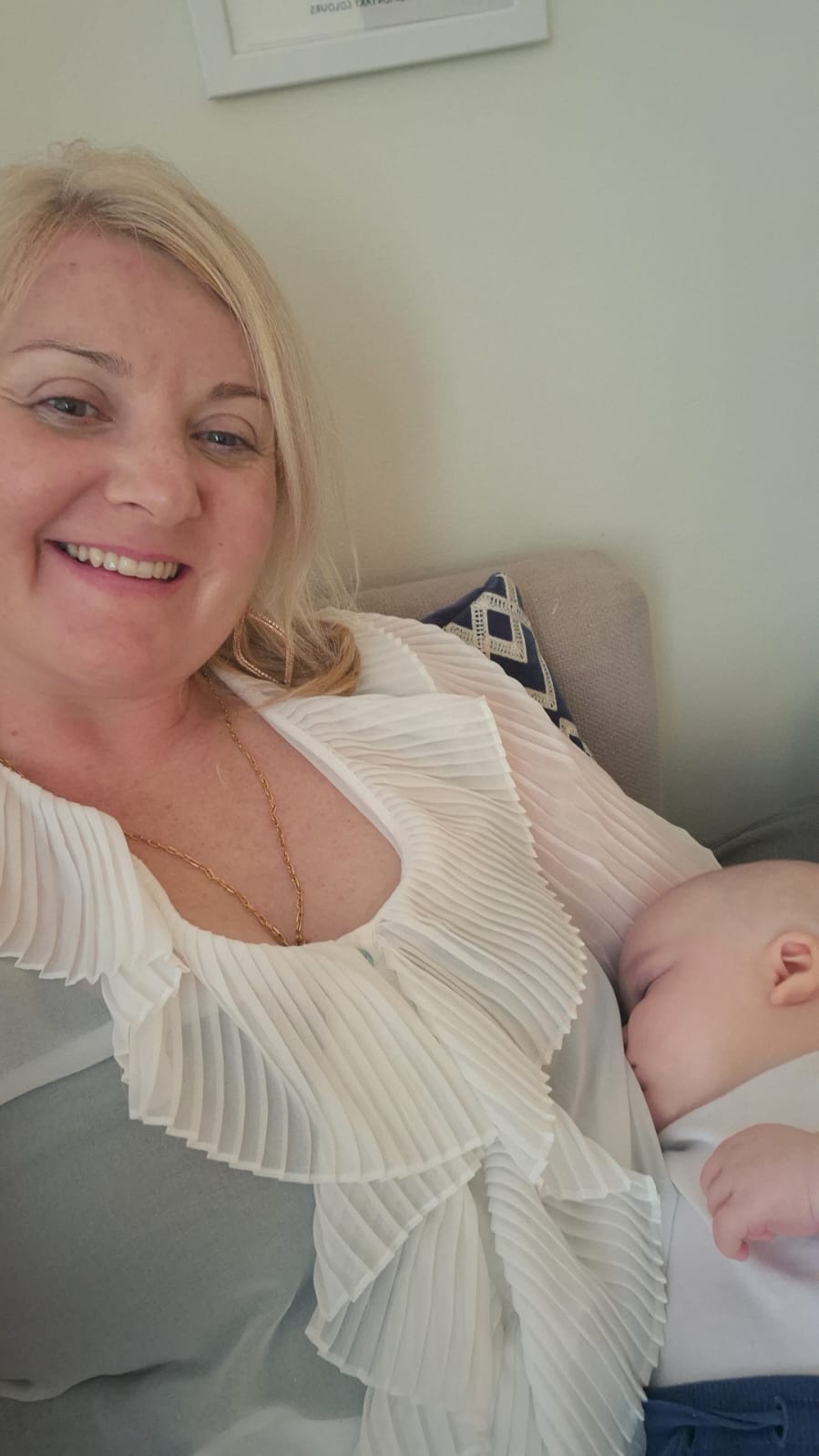I’m Tors Pearcy, IBCLC, and I’m delighted to be partnering with Ardo UK and Boobingit to answer your questions about breast pumping. On World Breast Pumping Day, we reached out to the Boobingit community and invited you to share your thoughts, challenges, and curiosities about pumping — and you responded with fantastic questions.
While World Breast Pumping Day has passed, the topics we cover here are always relevant. Pumping is often a crucial part of many feeding journeys, whether you’re expressing to build a freezer stash, navigating work and parenting, or exclusively pumping. I know it can sometimes be overwhelming, and I hope these answers give you the practical guidance and reassurance you need to feel more confident and empowered on your pumping journey.
Your Top Pumping Questions Answered
Here are seven of your pumping questions answered! Whether you’re just getting started or looking to fine-tune your routine, there’s something valuable here for everyone.
Q. Can I start pumping as soon as my milk comes in?
You may hear advice about waiting until your supply is regulated (around 4-6 weeks). This is because, in those first few weeks, your baby is teaching your body how much milk to make, which helps set up your long-term supply. However, there are times when pumping earlier makes sense!
If your baby is unable to feed directly, if you need to collect milk for a premature or medically complex baby, or if you’re planning to introduce a bottle early on, you can start pumping sooner. However, be mindful that pumping too much early on might lead to an oversupply, which can come with its own challenges. Oversupply means producing more milk than your baby will need from around four weeks onwards.
If you do need to express, it’s often suggested to hand express for the first couple of days until your colostrum increases in volume (also known as ‘your milk coming in’). Once your milk starts transitioning, you can introduce the pump—but hand expressing first can help you collect more colostrum, as colostrum tends to stick to pump parts.
Discussing with an IBCLC on how best to protect your supply in the early days if you are pumping is crucial.
Q. Can breast pumps be used to get milk supply back after stopping for a few weeks? If so, how best to do it?
Yes, it is absolutely possible to bring your milk supply back, either partially or fully, after stopping. A breast pump can be a key tool in this process! This is known as relactation, and it works by stimulating your breasts to send signals to your body to start producing milk again. It’s important to approach this with patience and consistency, as it may take time for your body to respond. Aim to pump frequently—ideally 8 to 12 times in 24 hours, mimicking a newborn’s feeding pattern.
Using a hospital-grade double electric pump, such as the Ardo Carum, Medela Symphony, or Spectra S1/S2, can help ensure efficient milk removal. Correct flange sizing is essential—flanges should be fitted to the diameter of your nipple tip for comfort and effectiveness.
Skin-to-skin contact, hand expressing before and after pumping, and offering your baby the breast whenever possible can further help increase your milk supply. Even if you’re not getting much milk at first, don’t be discouraged—any stimulation helps, and small amounts can increase over time. Every drop counts! Relactation is best supported with an IBCLC, who can tailor a plan that fits you and your family.
Relactation is best supported with an IBCLC, who can tailor a plan that fits you and your family.
Q. Is a wearable breast pump going to affect my milk supply?
A. This depends on why you need to pump. If you are pumping to increase or maintain supply as an exclusive pumper, then a wearable pump may not be strong enough as your primary pump. However, it can be a great secondary pump for when you need to express while out and about.
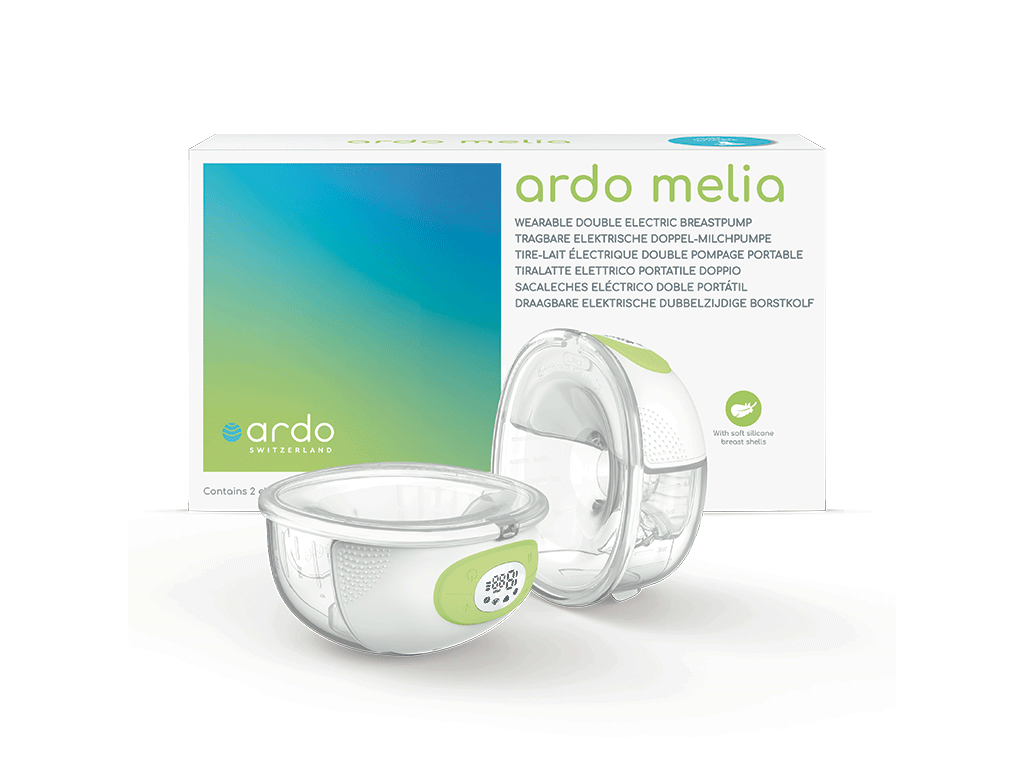
Most wearable pumps are not as effective at fully emptying the breast compared to hospital-grade or high-quality electric pumps, so using them as a backup rather than your main pump can help maintain supply.
Q. When is it suitable to pump to donate?
A. It is a precious gift to be able to donate milk to others via a regulated milk bank. You can pump and donate your milk at any time, but most donor milk banks (in the UK) will want to ensure that your own baby’s needs are fully met first. If you have a true oversupply and are pumping more milk than your baby needs, donating is a wonderful option. If you are mixed feeding with formula or if your baby has been diagnosed with cow’s milk protein allergy (CMPA) or other food intolerances, it’s best to check with the milk bank for guidance.
For those of you who are in the UK, Hearts Milk Bank is a great resource for becoming a donor.
Q. Does pumping affect periods/cycles/fertility as much as breastfeeding does?
A. It can, as pumping mimics a baby’s feeding pattern but is not as efficient as a baby nursing at the breast. However, even with direct breastfeeding, the return of periods and fertility is highly individual. Pumping mothers often find their cycles return sooner compared to those who are exclusively nursing.
Pumping mothers often find their cycles return sooner compared to those who are exclusively nursing.
Since pumping produces lower oxytocin levels compared to direct breastfeeding, the Lactational Amenorrhea Method (LAM) is not a reliable form of birth control for exclusive pumpers. If you wish to avoid pregnancy, ensuring you have an appropriate contraception plan in place is important.
Q. How often should I replace my pump parts if I am only pumping two to three times per week?
A. Each pump manual should include a guide on when to replace parts, but as a general rule:
– Valve membranes, duck valves, and backflow protector diaphragms: every 4 weeks if pumping frequently, or 2-3 months if pumping occasionally.
– Tubing: Usually only needs replacing if you see moisture buildup or milk backflow.
Regularly inspect your pump parts for wear and tear, as weakened parts can reduce pump efficiency.
Q. What’s the best advice for someone who will want to pump and bottle feed on delivery?
A. The best advice is to initiate milk production as soon as possible. Start hand expressing within an hour of birth, then continue hand expressing 8-10 times per 24 hours. Once your milk starts increasing in volume (when your milk ‘comes in’), you can switch to a pump that is designed for milk initiation, such as the Ardo Carum, Medela Symphony, or Spectra S1/S2. Proper flange sizing is essential—start by measuring the diameter of your nipple tip to ensure the best fit.
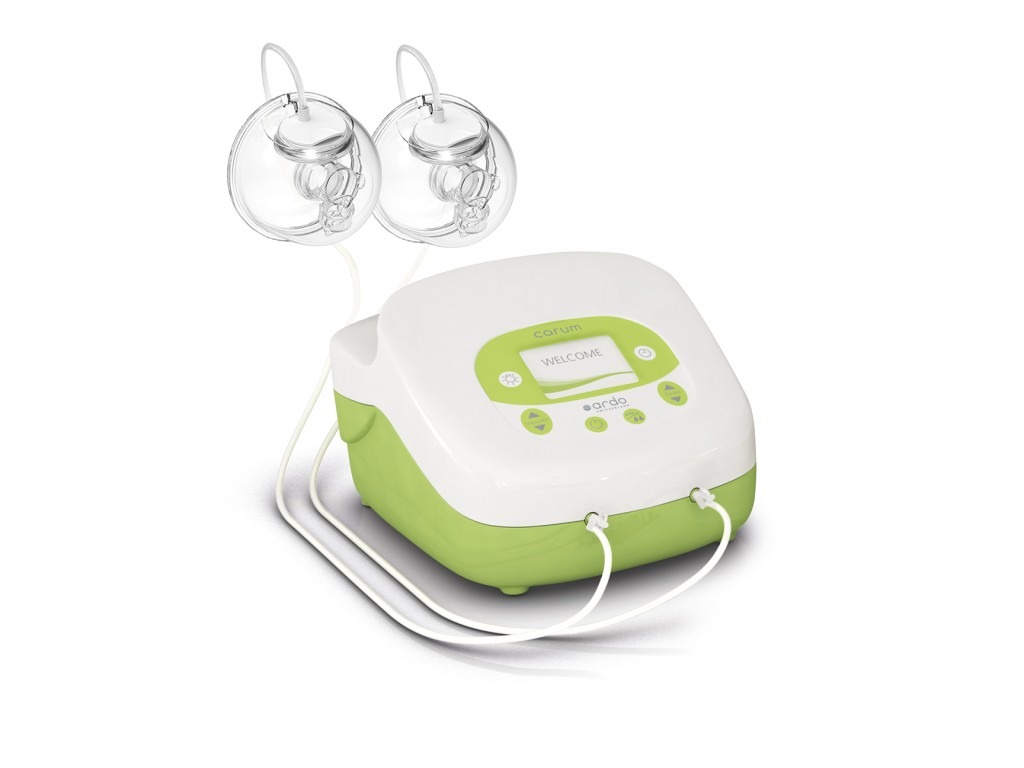
Pacing bottle feeds is equally important. Using a bottle with a teat that helps the baby latch deeply (one with a medium base and gentle slope) can make transitions between breast and bottle smoother. You can watch a video on how to properly pace a bottle feed here.
Conclusion
Thank you for reading this Q&A and for trusting me with your questions on World Breast Pumping Day. It’s always a privilege to connect with parents who are navigating the often-complex world of pumping. I hope the answers here have given you greater clarity, practical tips, and a sense that you’re not alone in this journey.
A special thank you goes to Ardo UK for their commitment to supporting parents and to Boobingit for providing a platform to share this important conversation.
Remember — whether you’re pumping occasionally, combining it with nursing, or exclusively expressing, you’re doing something incredible for your baby. Keep going, trust yourself, and know that you’re not just pumping milk — you’re creating moments of love, care, and connection.

